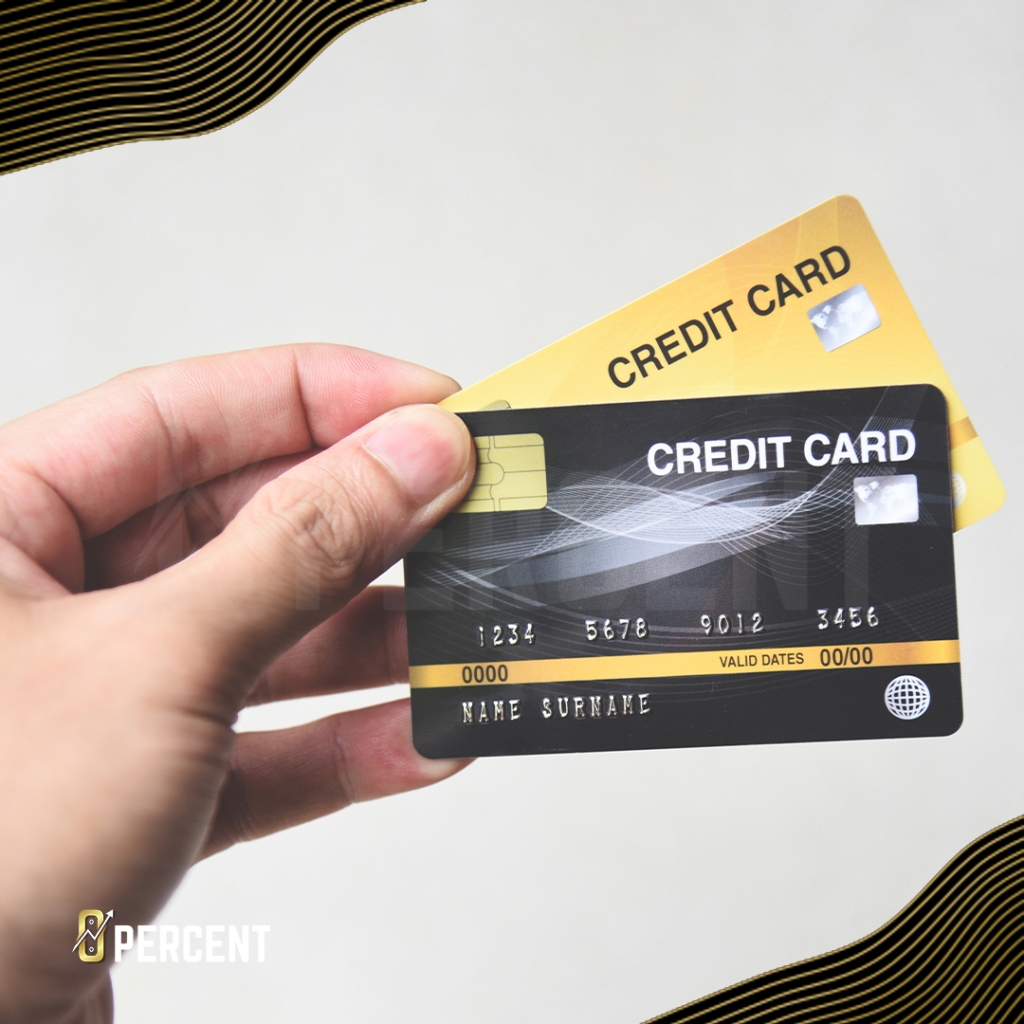
Angel Alvarez
Angel Alvarez Funding, 0 Percent Who is Angel Alvarez? From SpaceX to 0 Percent Angel is a remarkably well rounded individual who has had a
Credit card balance transfers can be a powerful tool in optimizing your debt repayment strategy. By transferring high-interest credit card balances to a card with a lower interest rate, you can potentially save money and pay off your debt faster. In this guide, we’ll explore how to effectively leverage credit card balance transfers and share some essential tips to maximize their benefits.

a. What is a Balance Transfer?: A balance transfer involves moving debt from one credit card to another, typically to take advantage of a lower interest rate or promotional offer.
b. Balance Transfer Fees: Be aware of balance transfer fees, which can range from 3% to 5% of the transferred amount. Factor these fees into your calculations when determining potential savings.
Shop for the Right Balance Transfer Card
a. Look for Promotional Offers: Search for credit cards offering promotional interest rates, such as 0% APR on balance transfers for a specified period (usually 12-21 months). These offers can provide significant savings on interest payments.
b. Consider the Ongoing Interest Rate: After the promotional period ends, the interest rate will revert to the card’s standard rate. Ensure that this ongoing rate is still competitive and fits your financial needs.
a. Calculate Your Monthly Payments: Determine the monthly payments required to pay off the transferred balance before the promotional rate expires. Aim to pay more than the minimum payment to accelerate debt repayment.
b. Stick to Your Plan: Stay disciplined and committed to your repayment plan to maximize the benefits of your balance transfer strategy.
Avoid New Debt Accumulation
a. Resist the Temptation: While paying off your balance transfer, avoid using your credit cards for new purchases. New debt will hinder your repayment progress and potentially negate the benefits of the balance transfer.
b. Focus on Building Positive Habits: Use this time to develop healthy financial habits, such as creating and sticking to a budget, building an emergency fund, and monitoring your credit utilization.
a. Impact on Credit Score: Balance transfers can temporarily impact your credit score due to factors like credit utilization and new credit inquiries. However, as you pay off your debt, your credit score should improve over time.
b. Stay Informed: Regularly monitor your credit report and score to ensure you’re aware of any changes and can address any discrepancies or issues promptly.
Consider Alternatives If Needed
a. Personal Loans: If a balance transfer isn’t the right fit for your situation, consider alternatives such as personal loans, which can offer lower interest rates and fixed monthly payments.
b. Debt Management Plans: If you’re struggling with multiple debts, a debt management plan through a credit counseling agency may help consolidate your payments and negotiate lower interest rates.
By leveraging credit card balance transfers effectively, you can optimize your debt repayment strategy and potentially save money on interest payments. Remember to carefully consider fees, interest rates, and your repayment plan to maximize the benefits of balance transfers and achieve financial freedom.

Angel Alvarez Funding, 0 Percent Who is Angel Alvarez? From SpaceX to 0 Percent Angel is a remarkably well rounded individual who has had a
Sign up to receive news & updates!
Sign up to receive news & updates!